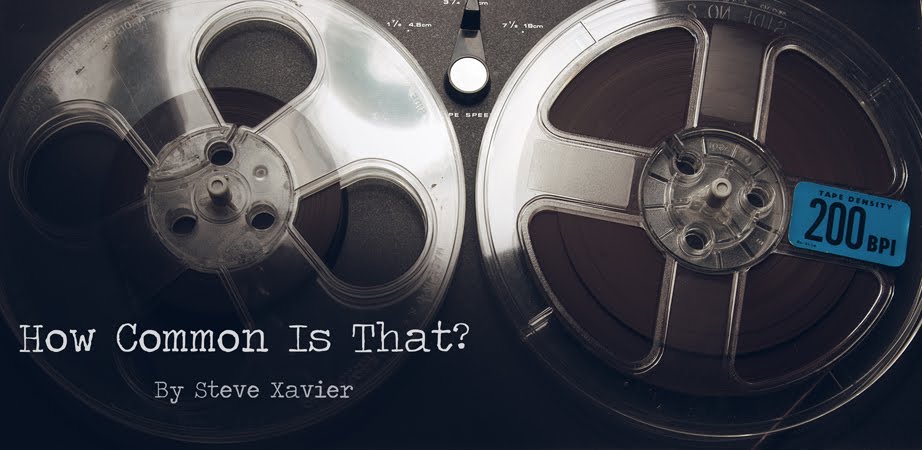A little bit about why this works: a microphone is a pressure sensitive element moving back and forth converting acoustic energy into electrical energy. A speaker is a device that converts electrical energy into acoustic energy. These devices are called transducers. It's exactly like how a windmill can create electricity from wind, and a fan can create wind from electricity. I guess a fan is a transducer...
A little bit of history: Don't ask why, but the Yamaha NS-10m is one of the most popular speakers in studios ever. Engineers would put the speaker right next to the kick drum resonant head (NOT the porthole) and the acoustic pressure wave that resonated off of the resonant head would vibrate the speaker in and out. They would just use an XLR male-to-male connector, or patch it some other way, and they'd plug it in just like a microphone, and out would come FAT BASS!
Before you go rushing for your stereo system and taking it apart, it's important to know the sizes of speakers that work well for this application. A kick drum is a huge instrument, and produces huge pressure waves, known to you as fat bass. You've got to get a speaker moving back and forth 40 to 60 times per second in order to get that fat bass you want. Yamaha's NS-10m speakers are about 7 inches in diameter. Yamaha caught on, as always, and to sell more stuff, they created this:
It's basically a 10" speaker inside of a drum-shell. Genius. To be honest, I don't like this thing much, and all of my best luck with subkicks have had wires hanging out the back and were hanging from a stand with duct-tape.
So go find a speaker. I recommend 8-10". I used a 10" Fisher speaker that I found off craigslist for 10 bucks. I took it out of the speaker cabinet and started soldering.
What I did, since speakers were not designed to be microphones and therefore have a very hot output, was put a pad on it. The pad was about 15-20 dB, and I did it by using a bridged voltage divider out of resistors. On both the cold and hot connectors of the driver, solder a 1KOhm resistor to each of them. Across the two resistors, solder a 150Ohm resistor. Then connect pin 2 and 3 to the hot and cold ends of the 150Ohm resistor respectively. This will be a passive attenuator so that you have a better input level.
Get creative on how to put this thing on a stand. I used wood, and metal brackets that aligned with the speakers screw holes, and just made a hole big enough to put on a stand, and tightened it in place with washers and nuts.
This is a pretty easy project, so go make your first microphone!
Here are some pictures of mine.
Yes, that is a live application. Routed directly to the subwoofers. Ah yeeah!





Protip: 40 to 60 thousand cycles isn't bass.
ReplyDeleteHey, pro, you're right. It's ultra-sonic.
ReplyDeleteYou get an A.
hey friend,can u take a picture of ur "inline pad" so I can understand better how u did it?
ReplyDeletethank you!
http://www.uneeda-audio.com/pads/
ReplyDeleteEverything you need to know. (I can't get a picture because I loaned it to a friend at the moment.)